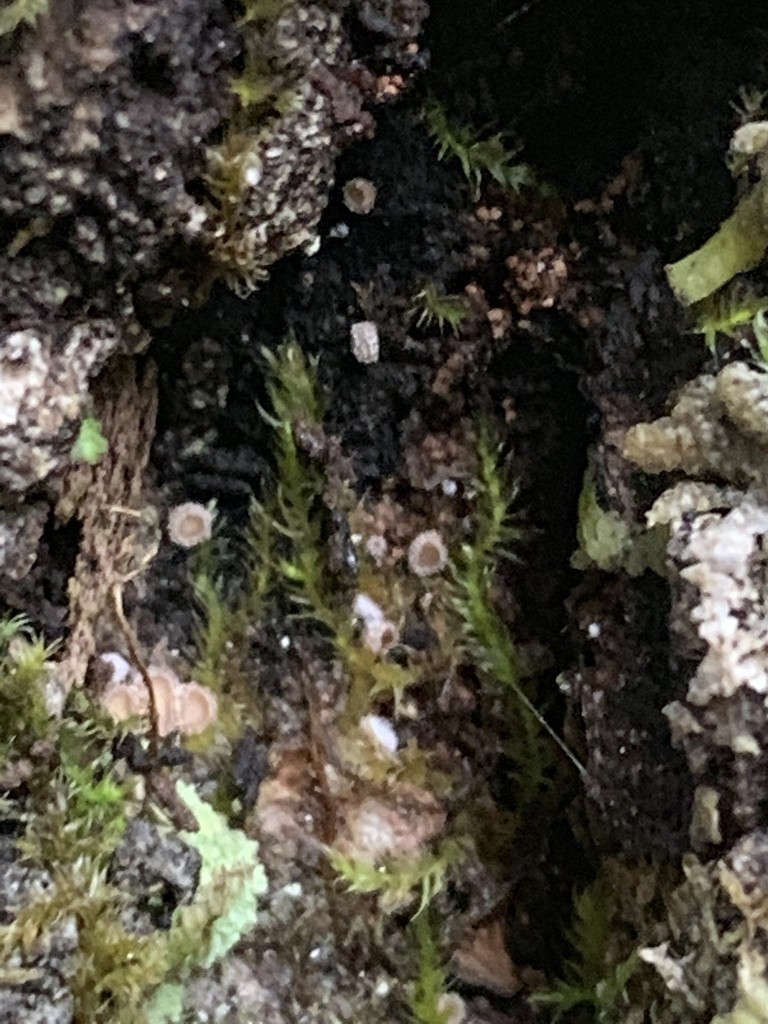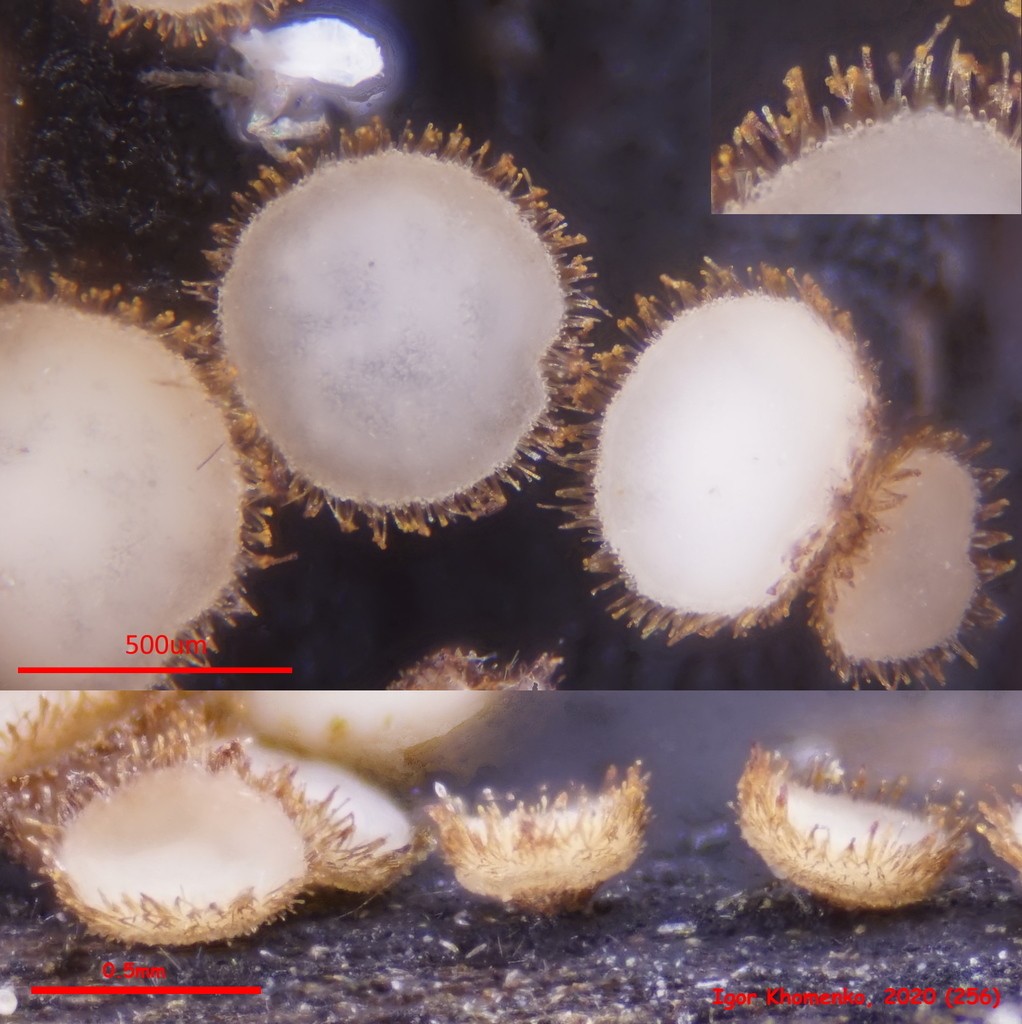Lasiobelonium
Scientific name: Lasiobelonium
Lasiobelonium
Scientific name: Lasiobelonium
 Photo By Carl-Adam Wegenschimmel , used under CC-BY-4.0 /Cropped and compressed from original
Photo By Carl-Adam Wegenschimmel , used under CC-BY-4.0 /Cropped and compressed from original Description
Lasiobelonium is a fascinating group of fungi known for their role in decomposing organic matter, particularly wood. These fungi often form small, delicate, disc-like fruiting bodies that are white or pale in color. One unique aspect is their ability to thrive in moist environments, making them an essential component of nutrient cycling in forests. They are part of the diverse tapestry of organisms that contribute to the health and regeneration of ecosystems.
